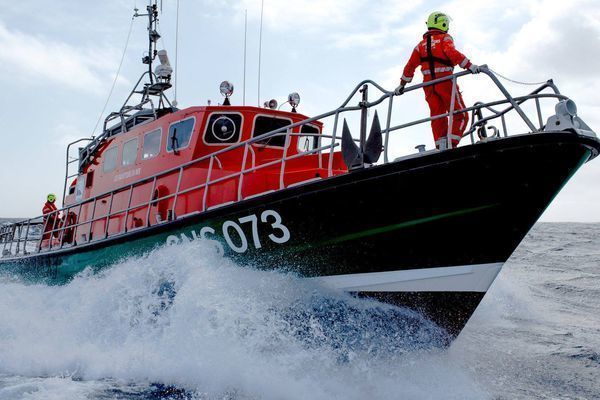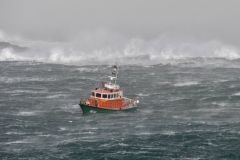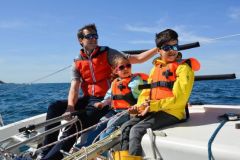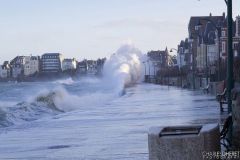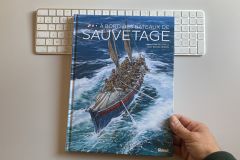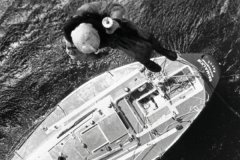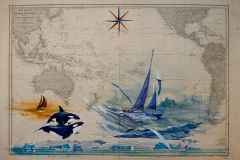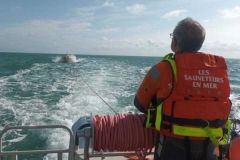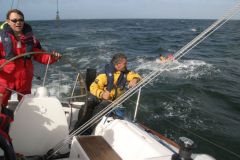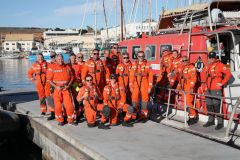One of the oldest resorts in the Mediterranean
The SNSM station of Carro was founded in 1868 and has performed nearly 3,300 operations since it began operations. As early as 1901, the station's volunteers were involved in one of the largest shipwrecks the region has ever seen.
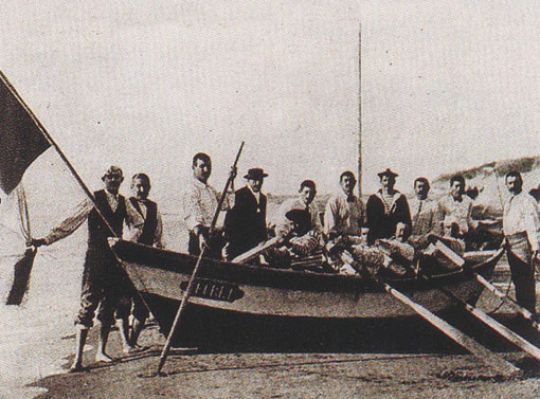
During the night of January 6 to 7, 1901, the liner "La Russie", which was on a regular service between Oran and Marseille with 46 passengers and 56 crew members on board, ran aground a few hundred meters from Faraman beach. Under the onslaught of a bad swell, the 90-metre-long vessel began to break into several pieces. Unable to be rescued by land, the rescuers from the Carro and Saintes-Marie de la Mer stations came to save the crew of the liner from certain death by rowing.
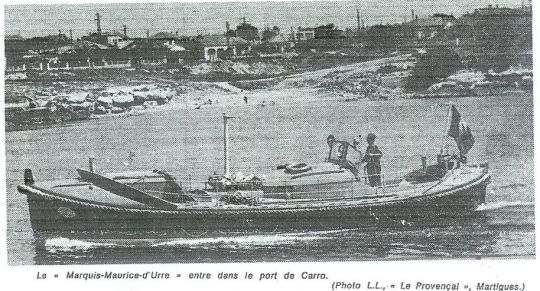
A strategic position at the entrance to the Marseille harbour
The Carro station is located along the Côte Bleue, halfway between Marseille and Fos harbour. This central position gives the station very varied missions, requiring a certain versatility between the Merchant Navy and yachting.
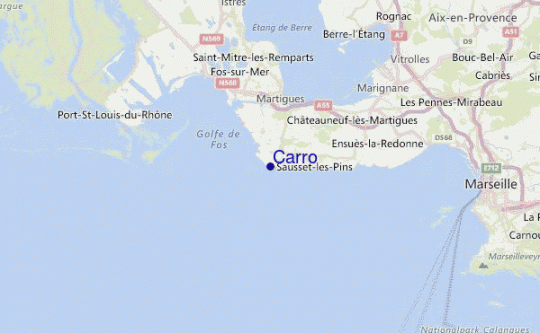
The station is run by a team of 37 volunteers, including 5 women.
The SNS073, an All-Weather Canoe
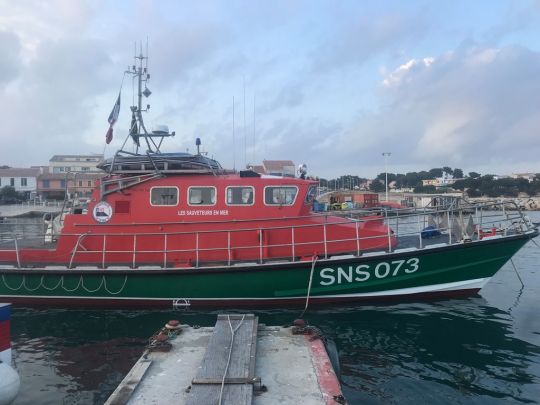
The Carro station is equipped with the Patrons Antonin & Raoul Domenge all-weather canoe, in homage to former patrons who became presidents of the station.
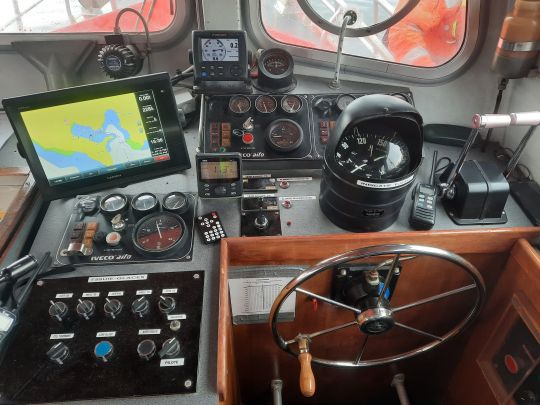
This 17.60 m vessel is powered by two IVECO blocks each developing 360 horsepower. Unsinkable, it was launched in 1992 and should be replaced in 2025. Although perfectly maintained by its team of volunteers, its replacement is necessary to best respond to the growing number of interventions that the station must provide each year.
A wide variety of missions
The Carro station has distinguished itself in many operations, some of them very dangerous. In the year 2020 alone, CTT073 and its crew of volunteers carried out nearly forty operations.
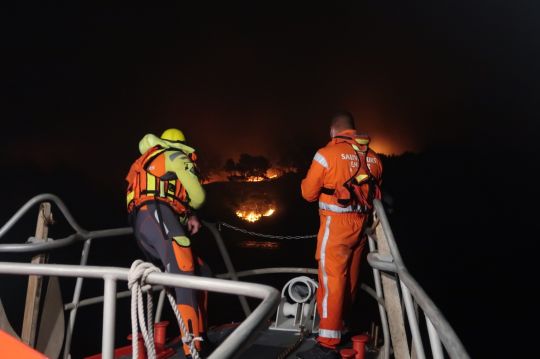
On the night of 4 to 5 August 2020, a huge fire broke out on the Côte Bleue, between Marseille and Martigues. A violent mistral wind stirs up a fire that will devastate several hundred hectares. Hundreds of people, surrounded by the flames, find themselves trapped by the sea, and cannot return to their homes because of the flames. Mobilized, CTT073 will evacuate nearly 89 people in three rotations.
In July, the TTC evacuated a sick sailor on a 220-metre tanker from Asia. In a delicate health context, the crew was able to take care of the sailor and bring him back to the hospital in Martigues for treatment.
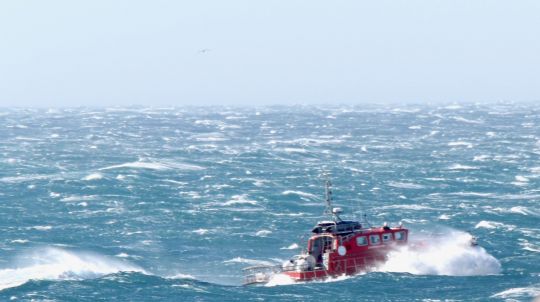
On April 13, Carro volunteers were mobilized to find a Latvian sailor who had fallen into the water about 3 nautical miles from Cape Crown. He was sailing aboard a chemical tanker from the port of Agioi Theodoroi in Greece to Fos-sur-Mer. The search lasted six hours and despite considerable resources deployed, the 55-year-old man was unfortunately not found.
Throughout the sanitary confinement, the volunteers rotated to deliver their groceries to the elderly or people with reduced mobility.
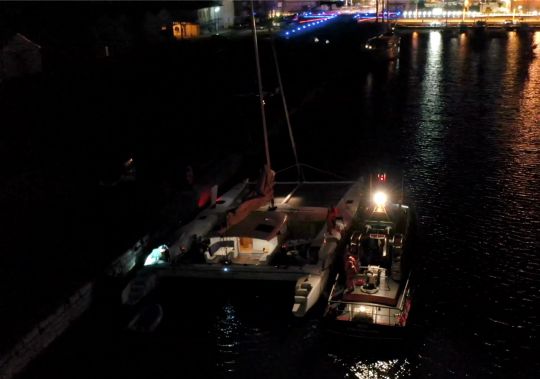
On 11 February, CROSS called on the Carro station to assist a 22m pleasure catamaran that was threatening to sink. The port hull of the Lord Dickie was the victim of a very large water ingress. The situation is critical upon the arrival of the TTC, and despite bad seas and a ship in a bad position, the volunteers will succeed in bringing the catamaran back to port after an operation that will have lasted several hours.
An extraordinary commitment
What motivates these young and old to go out for hours on end to assist a ship in trouble? Some abandon their families in the middle of the night to carry out a civic, seafaring, but voluntary act.
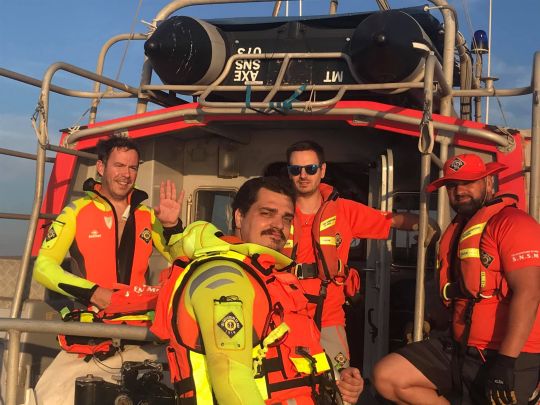
For it is worth remembering that in France, sea rescue is carried out by volunteers. The SNSM lives only on donations, and does not charge for saving a life. On the other hand, the recovery of equipment or the towing of a vessel will be invoiced to the owner. When station members are asked about their motivations, the real answers are eluded by a few jokes. Each one tells his or her story and reasons, almost modestly.
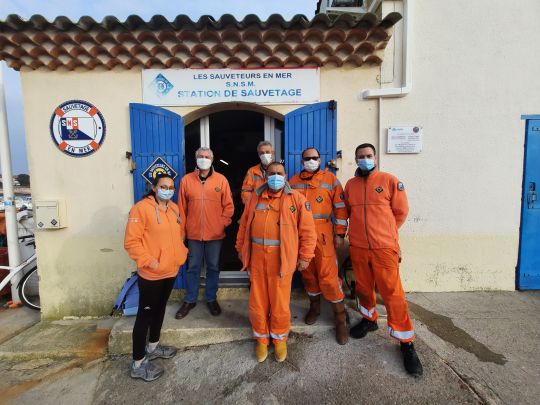
All volunteers have a hooked atom with iodine and a deep sense of values. The SNSM brings together a formidable human pool, revealing talents whose leitmotif is to remain humble, whatever the conditions encountered.
